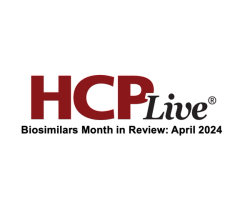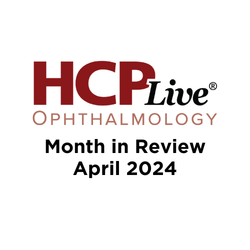
OR WAIT null SECS
Discussing Ways to Approach Improving Obesity Care with Melanie Jay, MD
During this segment of her interview at the ACP Internal Medicine Meeting, Jay discussed improving obesity care, telehealth utilization for patients, and more.
In this interview segment, Melanie Jay, MD, MS, general internist and associate professor at NYU Langone Health, spoke on additional takeaways from her conference presentation on advancing equity in obesity care, given at the 2024 American College of Physicians (ACP) Internal Medicine Meeting.
Jay, who is board-certified in obesity medicine, spoke with the HCPLive editorial team about several different topics connected to obesity. First, Jay was asked whether her talk covered glucagon-like peptide-1 receptor agonists (GLP-1-RAs) such as Ozempic as a topic of interest.
“We didn't go into the different GLP-1-receptor agonists that are so popular like semaglutide and tirzepatide,” Jay said. “We had one question about whether we can think about obesity like addiction and what the overlaps are. So then I did a little discussion about how in the brain, we have both homeostatic mechanisms that regulate how hungry we are, and how much we're eating and our metabolism. Then there's hedonic mechanisms, as well, that are pleasure centers. The GLP-1s, I think, work on both.”
Jay noted the importance and necessity of additional research on such a topic, adding the unique finding that there had been evidence suggesting GLP-1 receptor agonists led to fewer cravings for alcohol among users.
Later, Jay was asked about the role she sees technology playing in the future of obesity care, especially in terms of personalized treatment plans and patient engagement.
“I think telehealth, for instance, since-COVID has blossomed everywhere,” Jay said. “And weight management, because we want to check in a lot with our patients and follow them to make it convenient for people, making it so that follow up care can really be delivered in telehealth. It always is good to examine our patients the first time, but in follow up, we can check in with them via telehealth and they don't have to leave their jobs or get child care to come in and get adequate care.”
Jay also noted that patient-generated health data’s best integration is still being researched, adding that it is important to figure out the interface likely to make it so that there is not an increased workload but engagement is improved.
To learn more information from this conference interview, view the video posted above.
The quotes contained in this discussion were edited for the purposes of clarity. Jay had no relevant disclosures.


